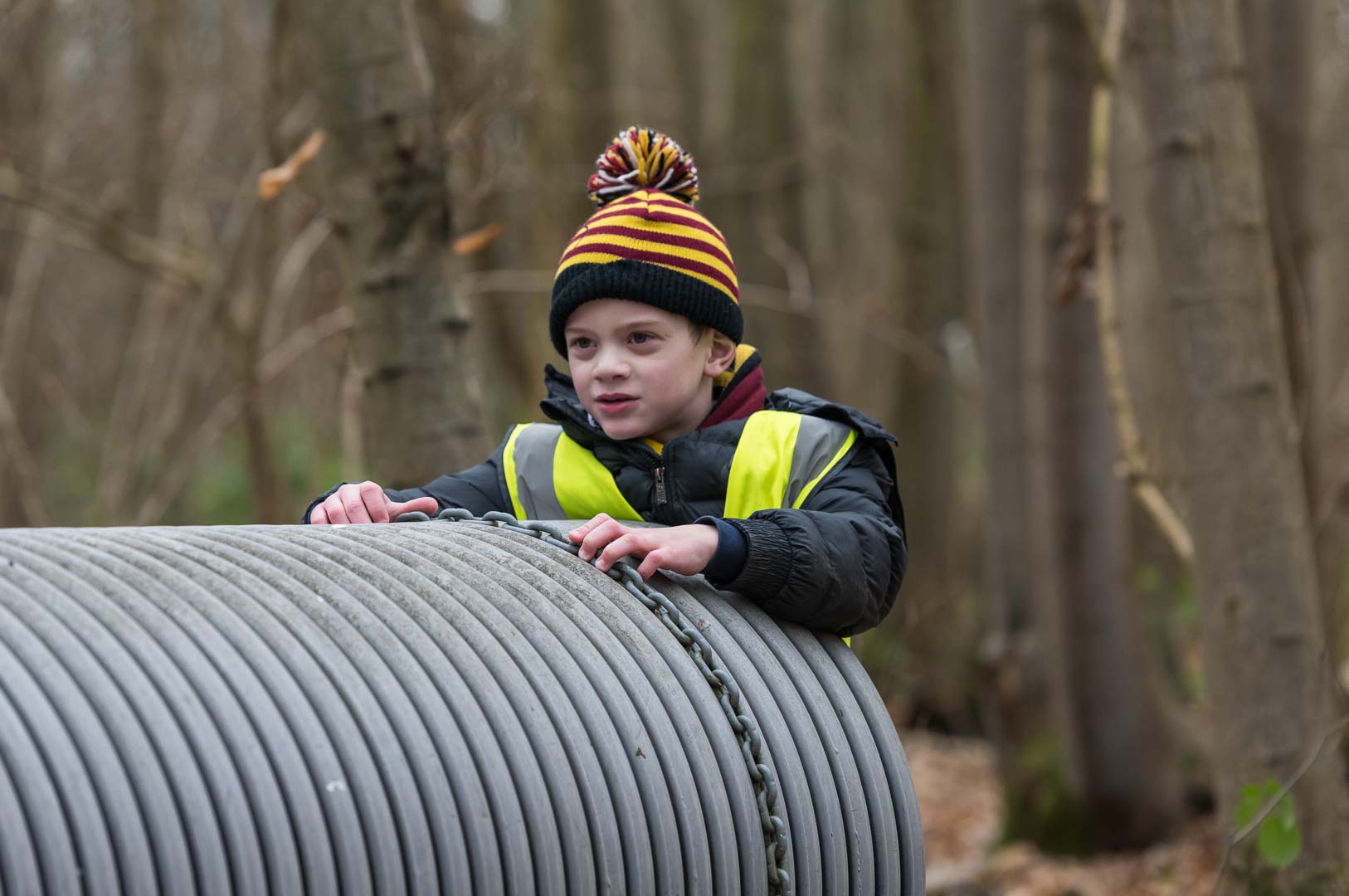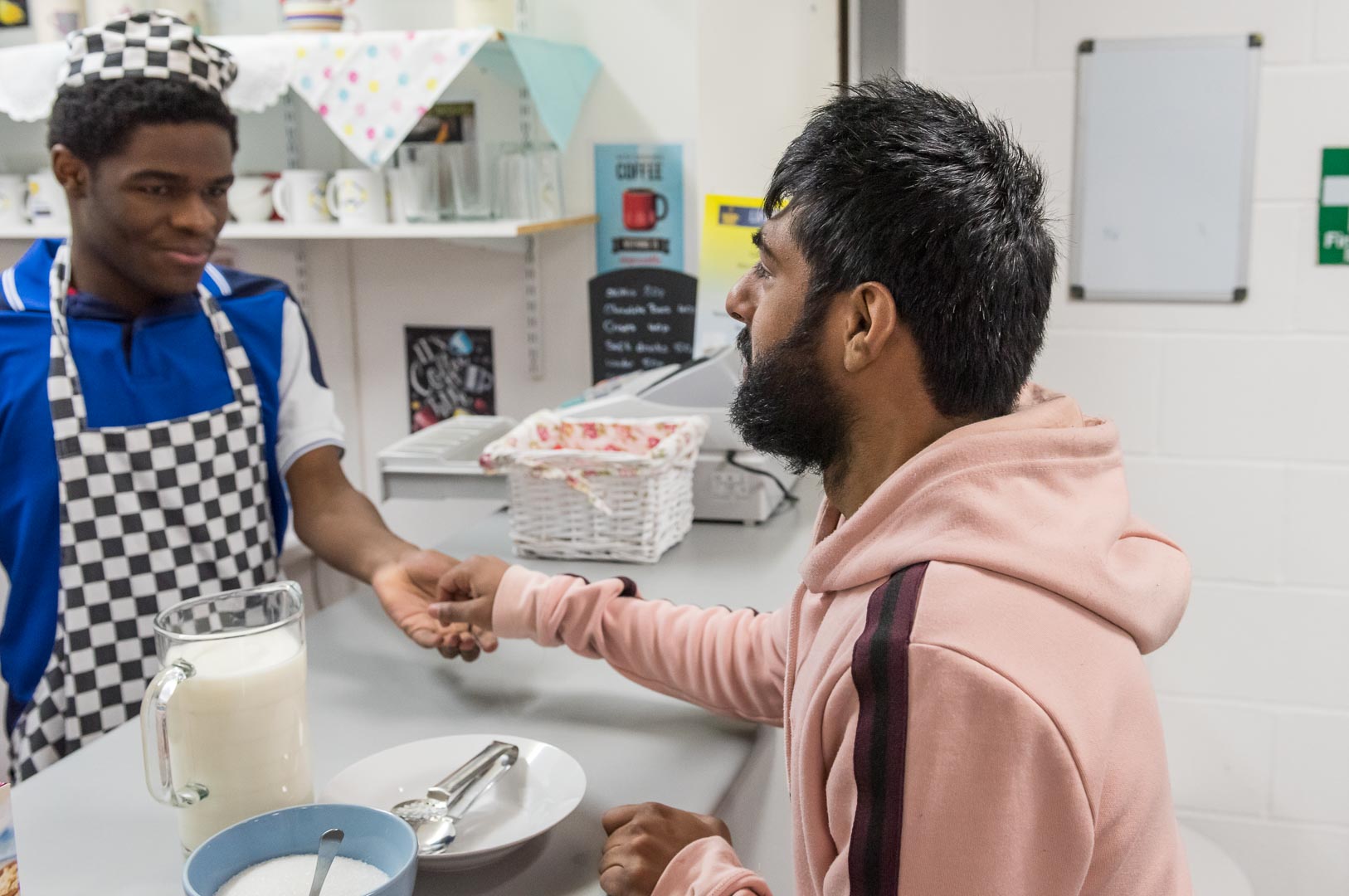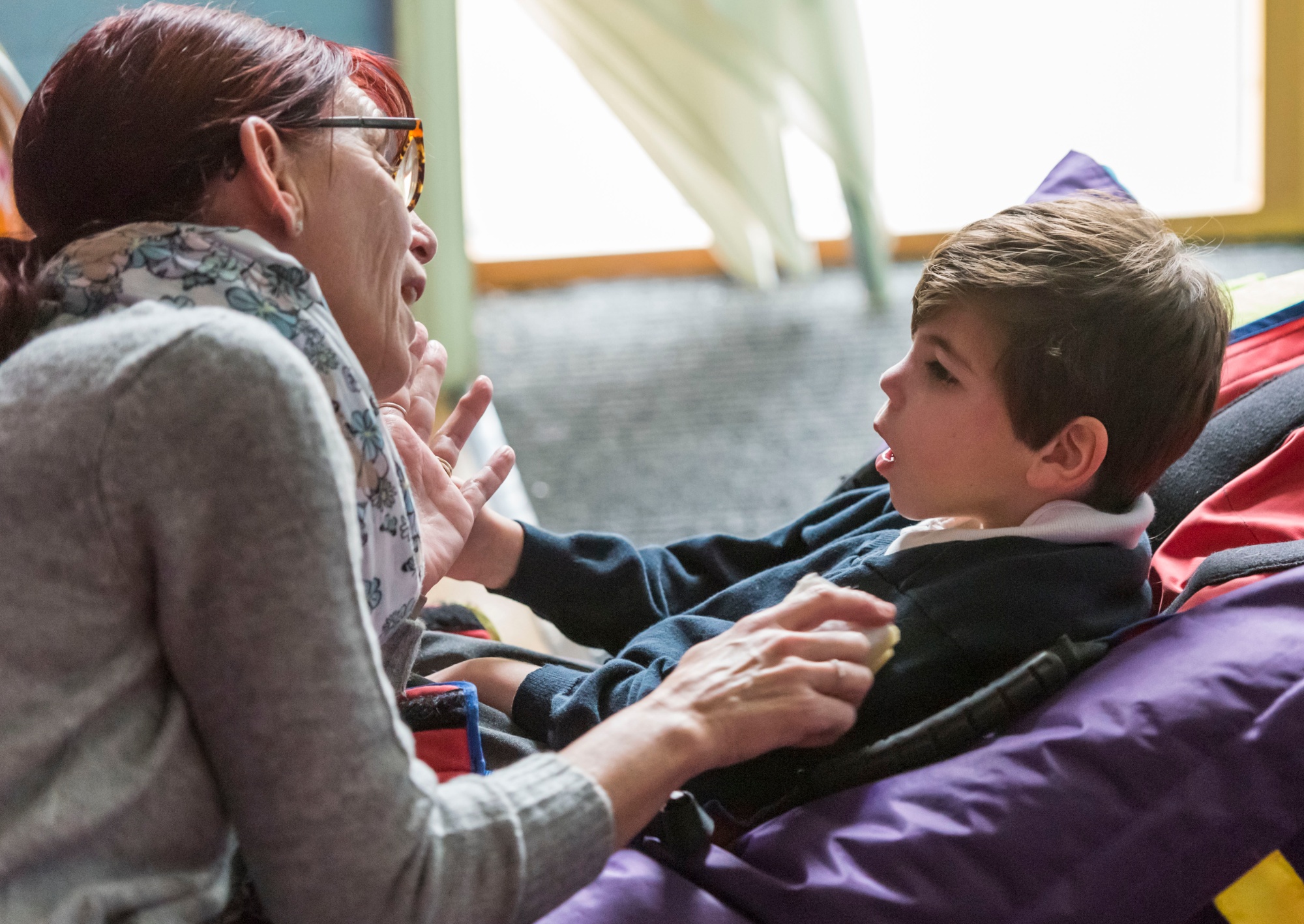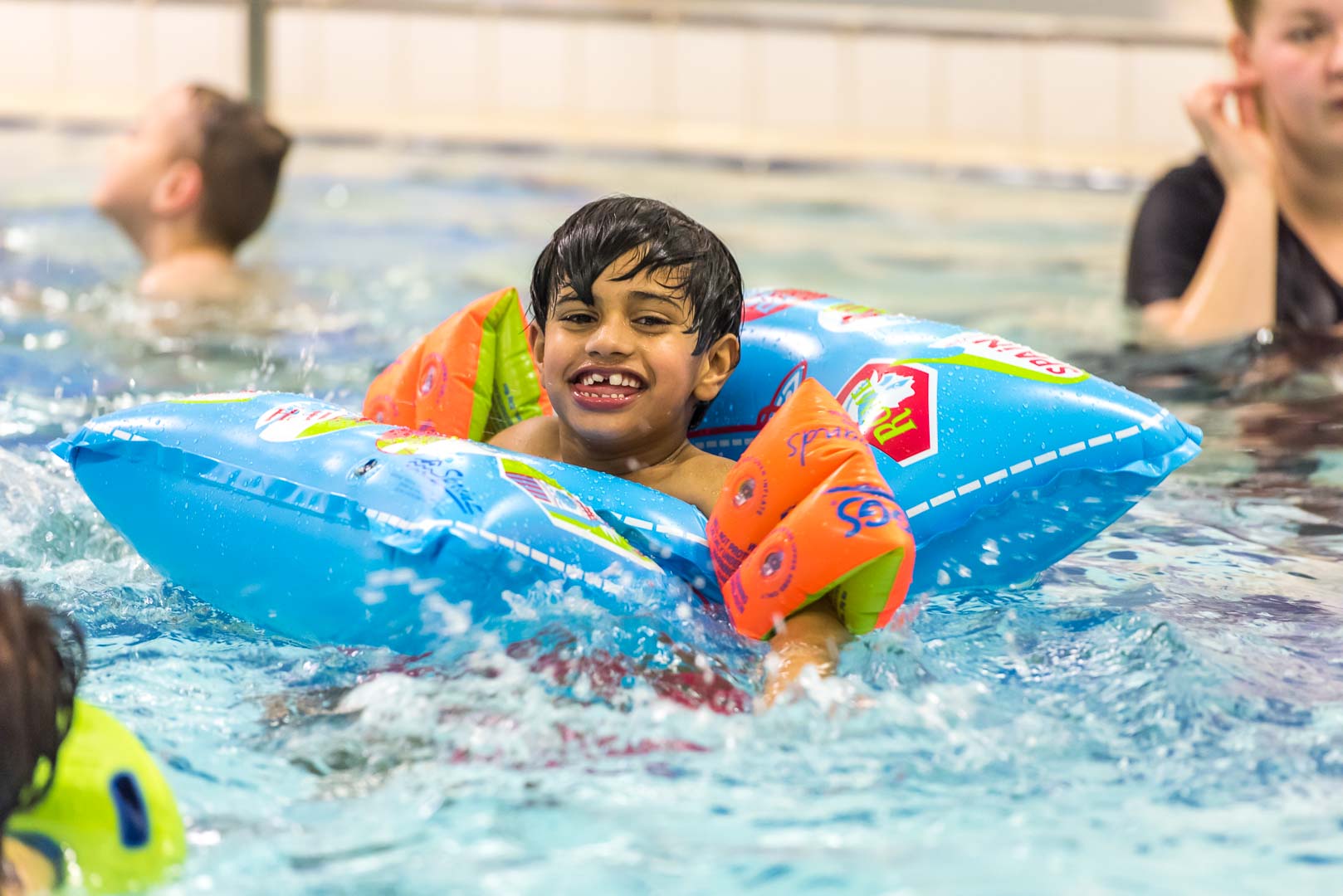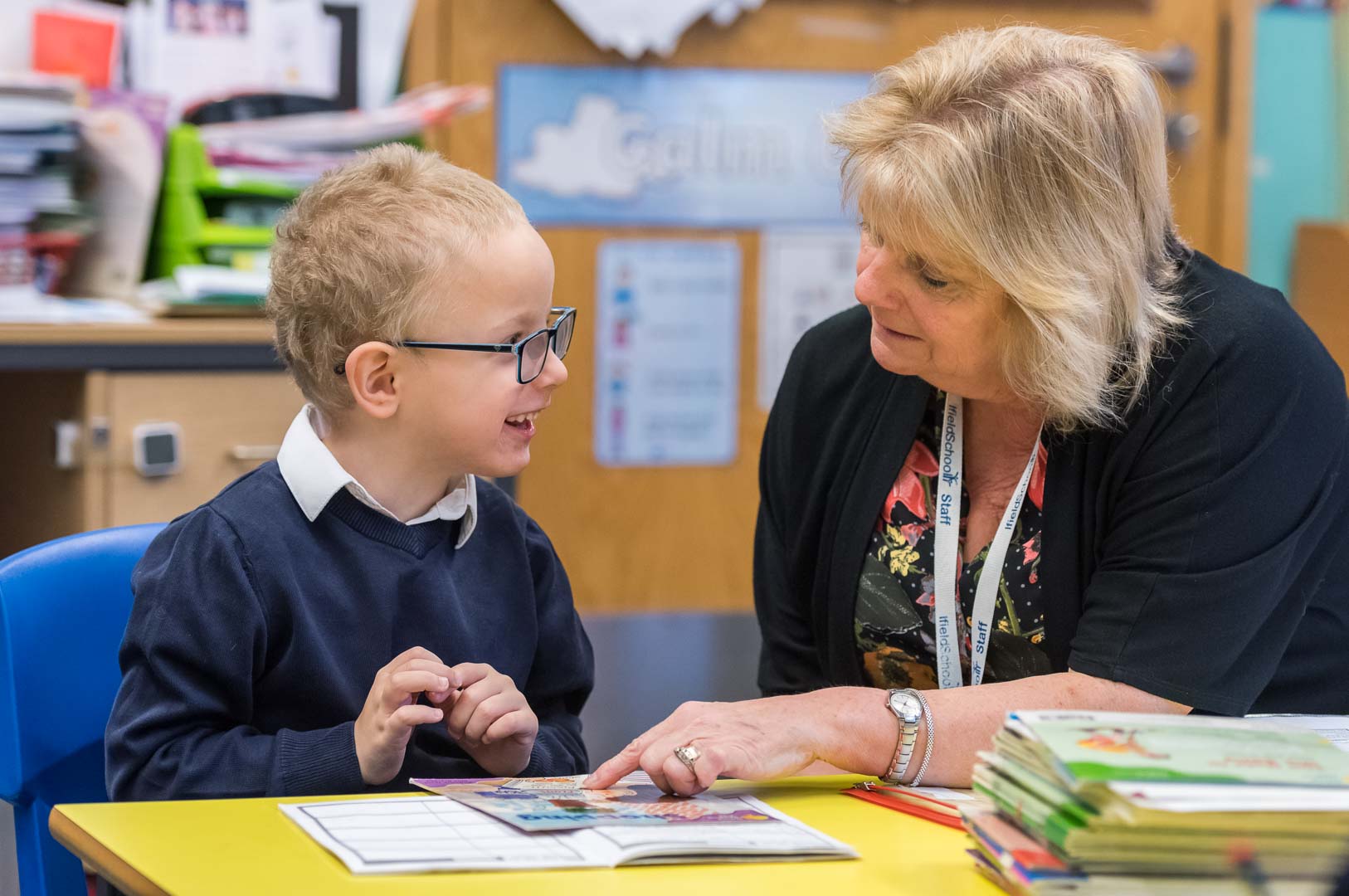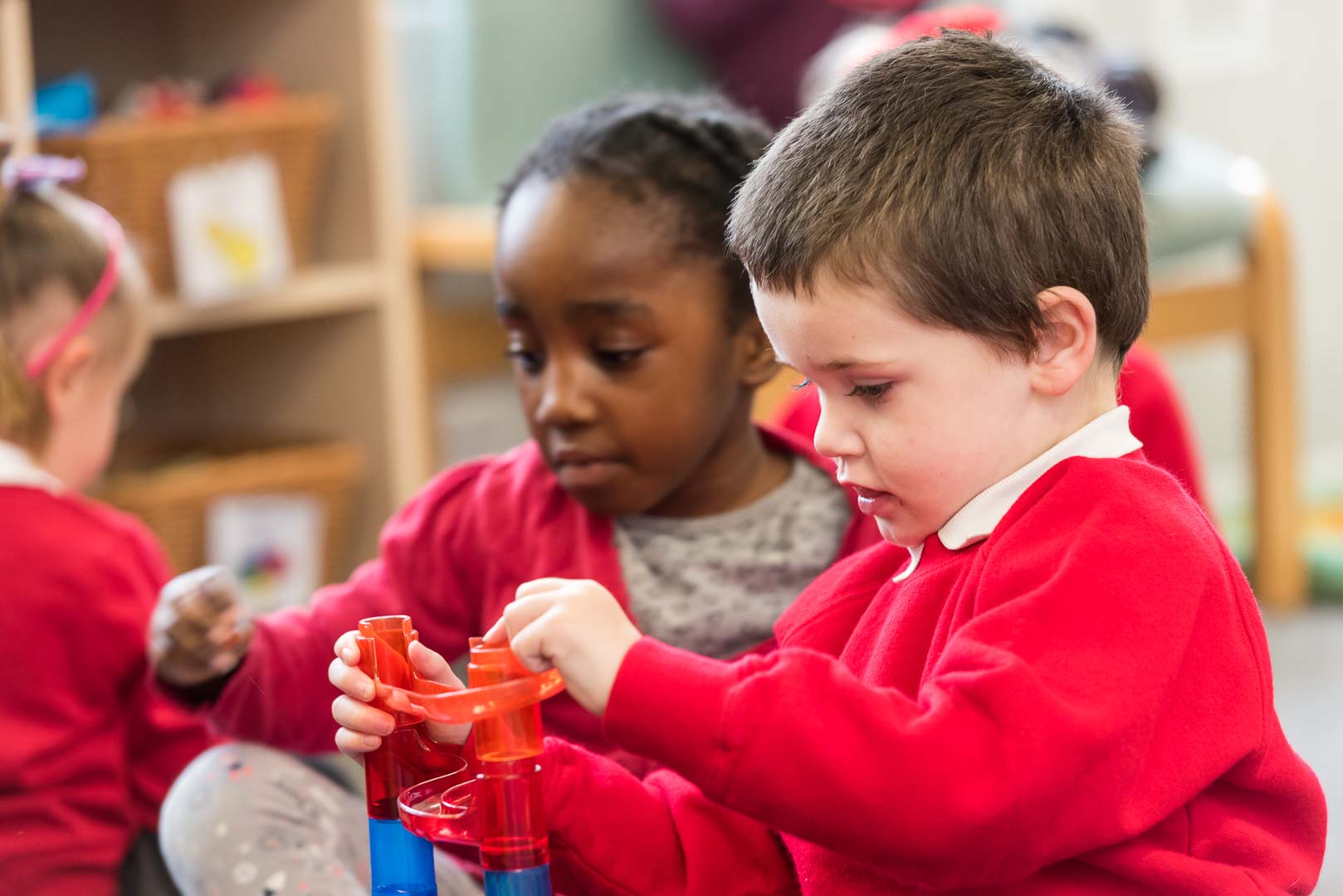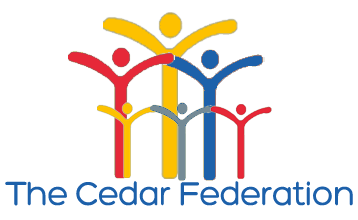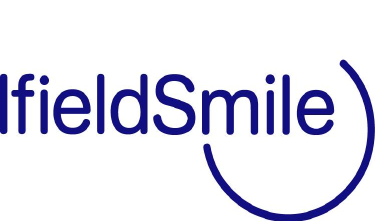Please find below home learning resources:
Key Stage 4 Science home learning term 3 week 3
The organs and systems of the human body.
Break it down
What happens to food once it gets into the body? The gut is a long, muscular tube leading from the mouth to the anus. Muscles in the gut wall squeeze the food along this tube. It can take about 30 hours to get food all the way along the tube. The digestive system is an important part of the body and contains a number of different organs:
Use these to label the digestive system
|
Stomach |
Small intestine |
Esophagus |
Pancreas |
|
Liver |
Large intestine |
Rectum |
Anus |
Human digestive system - How it works! (Animation) - YouTube
Gastric bands Doctors can fit a gastric band to help people who are very overweight. A gastric band squeezes the top of the stomach. When you swallow food it fills the space above the band very quickly. So you do not feel so hungry. 3 Gastric bands are only offered to people who are very obese.
As food passes along the gut, the body produces enzymes and mixes these with the food. Enzymes can break down the food into substances the body can absorb. These substances pass into the blood and around the body. Each type of food needs its own sort of enzyme.
The Heart of the matter
You have about 5 litres of blood in your body. Blood donors give about 470 ml at each donation session. This blood is given to people who need it because they have been hurt or are ill. Some chemicals extracted from blood make powerful drugs. What goes where? Blood is a way to transport things around the body. Table 1 shows the most important substances that blood takes around the body. It also carries many other substances. If you do not have enough blood, then this transport slows down. You can feel tired and ill.
Question: What does the heart do and why?
Heart 101 | National Geographic - YouTube
It’s in your blood
What Are the Components of Blood? - YouTube
The circulatory system
The heart is a pump that is made of strong muscle. It is part of the circulatory system. It pumps blood around the body every second of every day. This blood carries food and oxygen to the cells of the body and carries carbon dioxide and other waste substances away. One pump or two? The heart is actually two pumps stuck together to form a double circulatory system. The right-side pumps blood from the body to the lungs. The blood then goes back to the heart and the left-hand pump pushes it all the way around the body.
Recap of learning so far…
Cells and tissues » All living things are made of cells. These are so small they can only be seen through a microscope. » Cells contain a nucleus (controls the cell and contains the genes), cytoplasm (chemical reactions take place here) and a cell membrane (controls what passes in and out). » Many cells are specialised to do a particular job. » A tissue is a group of the same type of cells.
* Organs and systems » Organs usually do one job in the body. The heart and brain are organs. » Systems are groups of organs that work together to do a large job in the body. The circulatory system consists of the heart and blood vessels. » The heart is made of muscle and has two pumps. One pumps blood to the lungs and the other pumps blood to the body. » Enzymes speed up reactions in living things. The gut uses enzymes to break down large, complex food molecules into smaller, simpler ones.
* Food and feeding » Most foods are mixtures of proteins, carbohydrates and fats. » A balanced diet includes all the major food groups, vitamins and minerals, roughage and water. » The gut is a long muscular tube that runs from the mouth to the anus. It produces enzymes that break down large complex food molecules into smaller simpler ones. These small molecules can be absorbed by the body.
* Fitness and health » Respiration releases the energy needed for living processes. It is represented by the equation: glucose + oxygen → carbon dioxide + water (+ energy) » Lifestyle has an effect on people’s health. People who exercise regularly are usually fitter than people who take little exercise. People who eat a balanced diet and take plenty of exercise tend to be fitter. » A healthy diet contains the right balance of the different foods you need and the right amount of energy. » When the body has to work harder, the heart beats faster so the pulse rate rises. You also breathe more deeply to take in more oxygen and get rid of more carbon dioxide. » Food is used to produce energy for activity. Any spare energy is used to produce fat as a store to energy. » People who carry too much body fat are called obese. Obesity can lead to an increased risk of diabetes, some types of cancer, and puts a strain on the heart and skeleton.
You can email your completed work to me via office@ifield.kent.sch.uk so that I can mark your work and support you. I am very happy to answer any questions or just let me know how you are getting along.
Keep safe and well - Mrs Hargood 😊
See PDF file for document including pictures

